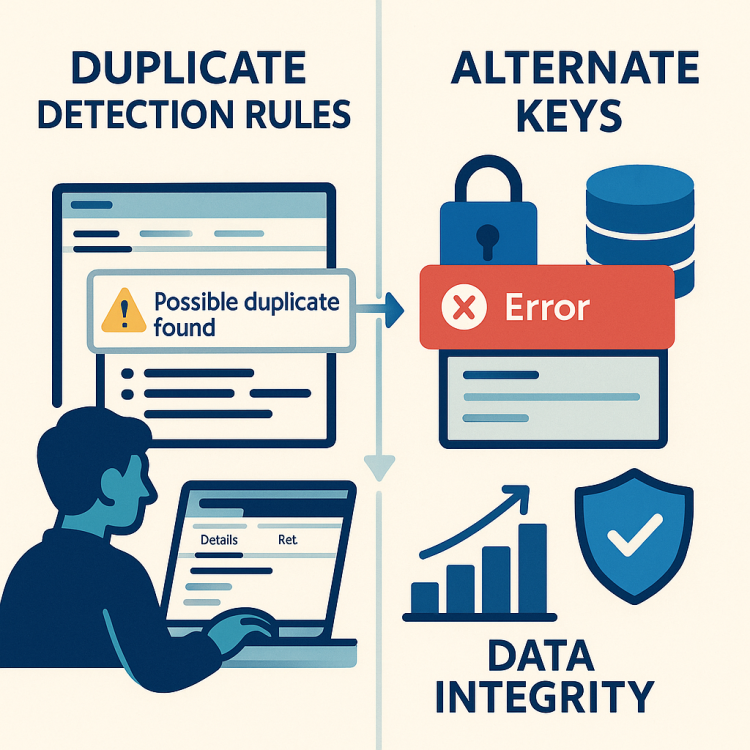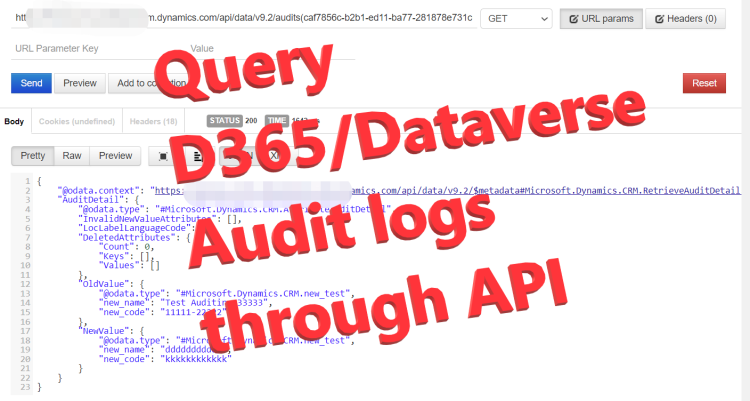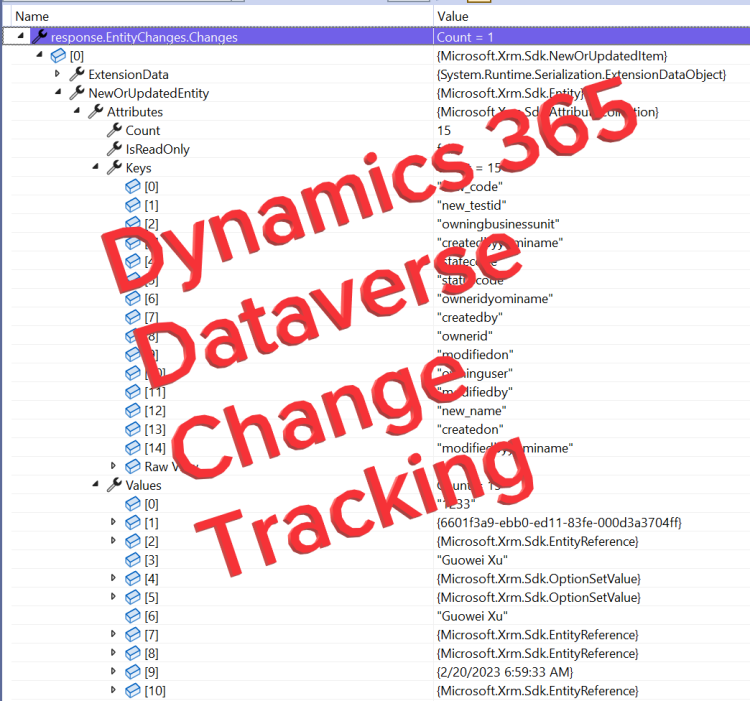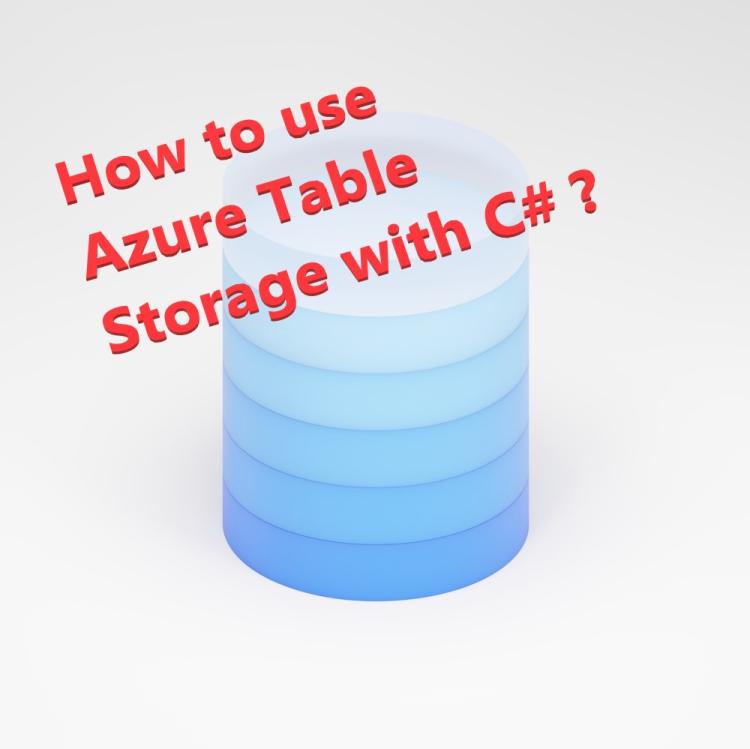Dataverse: Duplicate Detection Rules vs Alternate Keys
Introduction
Having clean data in Dataverse can be tricky. One of the challenges is detecting and managing duplicate records.
With out-of-the-box tools you can implement duplicate detection rules or create alternate keys.
If you are a developer, you can implement a custom validation in a plugin.
In this article we will focus on out-of-the-box features (duplicate detection rules and alternate keys) and compare them.

- Read more about Dataverse: Duplicate Detection Rules vs Alternate Keys
- Log in or register to post comments










